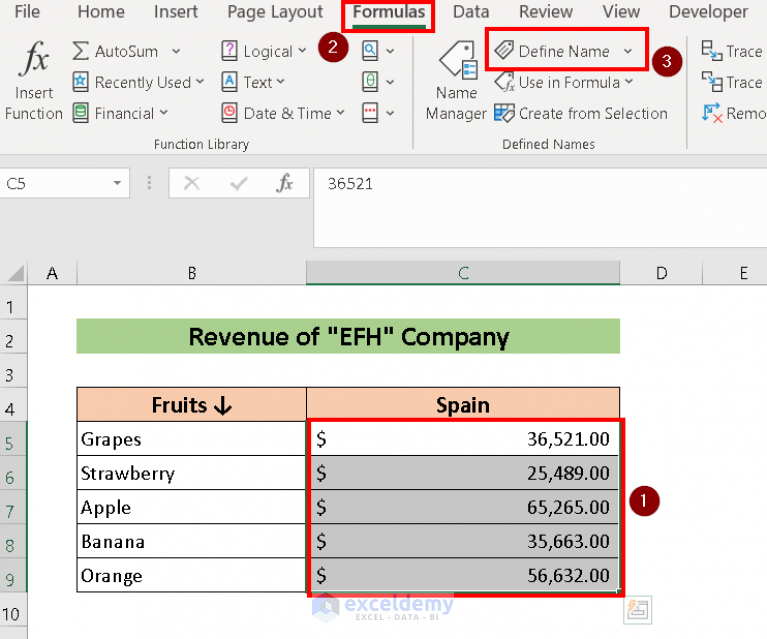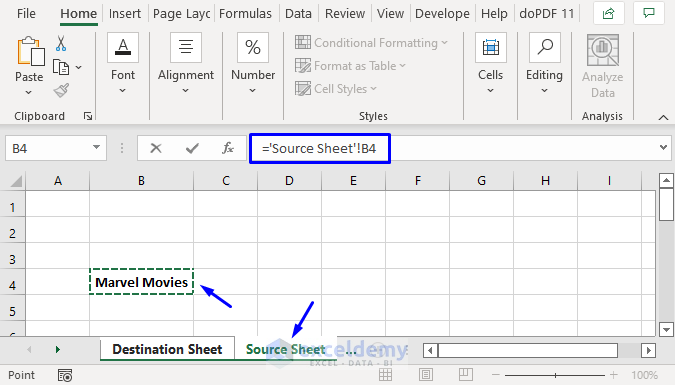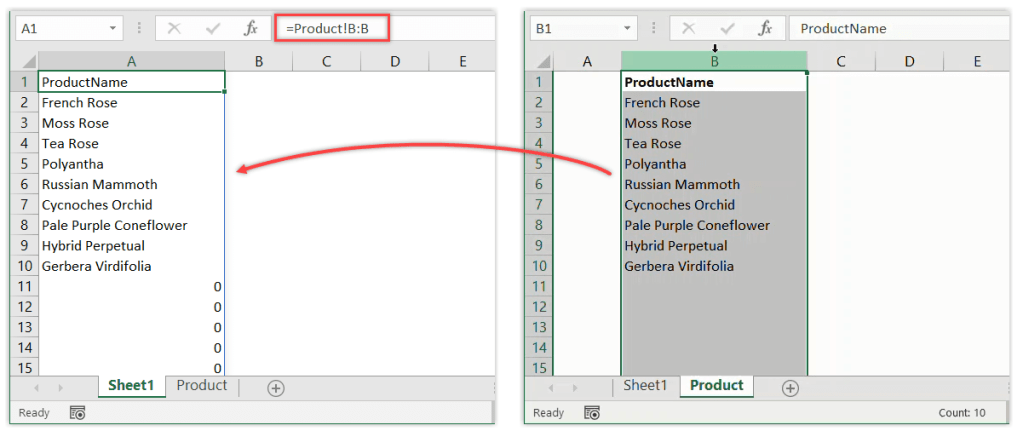Excel Guide: Link Sheets Easily

In today's fast-paced business environment, managing complex datasets across multiple sheets within Microsoft Excel has become a routine task. While Excel offers powerful data manipulation capabilities, linking sheets together to streamline your workflow is a technique not to be overlooked. In this comprehensive guide, we'll explore how you can effortlessly link sheets to create a seamless experience while managing your data, enhancing productivity and data integrity.
Understanding Excel Sheet Linking


Excel sheet linking refers to the method where you can establish a connection between different spreadsheets or cells within the same workbook or across different workbooks. This allows data from one sheet to automatically update in another, offering:
- Consistent data across multiple sheets.
- Reduced errors through automated data updates.
- Ease in performing large-scale data analysis.
Types of Linking

There are several ways you can link sheets in Excel:
- Cell Reference Linking: Directly linking a cell from one sheet to another.
- Named Range Linking: Linking named ranges for more dynamic connections.
- External Links: Linking data from different Excel files on your local system or network.
- Data Consolidation: Combining data from multiple sheets into one summary sheet.
Steps for Basic Cell Reference Linking

Here's how you can link cells within the same workbook:
- Select the cell where you want to display the linked data.
- Press Enter and start typing
=. - Switch to the sheet containing the source data and click on the cell you want to link.
- Press Enter. The cell reference will appear in your destination sheet, linked to the original cell.
🎯 Note: Always double-check the cell reference formula for accuracy. A minor error can result in incorrect data being displayed.
Advanced Techniques for Linking Sheets

While basic cell referencing gets the job done, here are some more advanced techniques to level up your sheet linking:
Linking Named Ranges

Named ranges provide a more robust way of linking sheets, especially when managing large datasets:
- In the source sheet, select the range of cells you want to link.
- Go to Formulas > Define Name and give your range a memorable name.
- In your destination sheet, use this formula:
=SourceSheet!NameYouDefined.
Using External Links

To link to data in another Excel file:
- Open the destination file where you want to display the data.
- Type
=in the cell you wish to link. - Switch to the source file, navigate to the sheet and cell, and click it.
- Excel will automatically update the formula with the full file path, like
=‘C:\Users[YourUser]\Documents[FileName.xlsx]SourceSheet’!A1.
Data Consolidation

Data consolidation allows you to link and summarize data from several sheets into one:
- Go to Data > Consolidate.
- Select the function you want to use for consolidation (e.g., Sum, Average).
- Choose the reference range from each sheet you want to consolidate.
- Use the Collapse button to switch between sheets easily.
- Click OK.
🚀 Note: Data consolidation can be an efficient way to manage and analyze data from different departments or time periods, providing an overview in one location.
Linking Sheets with Tables and Dynamic Ranges

| Sheet | Table Name | Formula |
|---|---|---|
| Sheet1 | Customers | =Sheet1!Customers |
| Sheet2 | Orders | =Sheet2!Orders |

Linking tables allows you to refer to an entire set of data, which is especially useful when dealing with dynamic ranges:
- Create a table in your source sheet by selecting your data range and pressing Ctrl + T.
- Name the table for easier reference.
- Use structured references to link to specific columns or data within the table.
Best Practices for Sheet Linking

To ensure smooth and error-free linking between Excel sheets, consider these best practices:
- Organize Your Workbook: Arrange sheets in a logical order to facilitate navigation and linking.
- Use Meaningful Names: For named ranges, cells, and tables, use descriptive and meaningful names to ease understanding and maintenance.
- Validate Data: Before linking, validate your source data for consistency and accuracy.
- Check Dependencies: Be aware of which cells depend on others to avoid circular references.
- Backup: Always keep a backup of your workbook, as linking can sometimes lead to complex dependencies that could break if not managed carefully.
🔍 Note: Regularly check and update your links, especially when moving files or renaming sheets, to prevent "#REF!" errors.
Linking Excel sheets isn't just about reducing manual data entry; it's about creating a workflow that is both efficient and error-resistant. By mastering the techniques of cell referencing, named ranges, external linking, and data consolidation, you can transform your data management into a structured, interconnected system. Keep in mind the best practices, and you'll be well on your way to leveraging Excel's full potential for data analysis and presentation. Remember, the goal is not just to link data but to optimize and streamline your Excel experience.
What are the benefits of linking Excel sheets?

+
Linking Excel sheets offers numerous benefits, including:
- Reduced errors due to automatic updates.
- Increased productivity by eliminating the need for manual data entry.
- Enhanced data integrity by maintaining consistency across spreadsheets.
- Facilitates large-scale data analysis by allowing data from multiple sources to be viewed and analyzed in one place.
How can I prevent link errors in Excel?

+
To prevent link errors in Excel:
- Always ensure that linked files and sheets are present on the system or network when the workbook is opened.
- Use relative paths when linking to external workbooks to avoid issues if files are moved.
- Avoid circular references by understanding the flow of your data.
- Regularly update your links when making changes to file names or locations.
Can I link to a specific range in another workbook?

+
Yes, you can link to a specific range in another workbook by:
- Opening the destination workbook.
- Typing the equal sign (=) in the cell where you want to display the data.
- Switching to the source workbook, navigating to the sheet, and selecting the range you wish to link.
- Excel will generate a formula with the full file path, like
=‘C:\Users[YourUser]\Documents[FileName.xlsx]SourceSheet’!A1:D10.